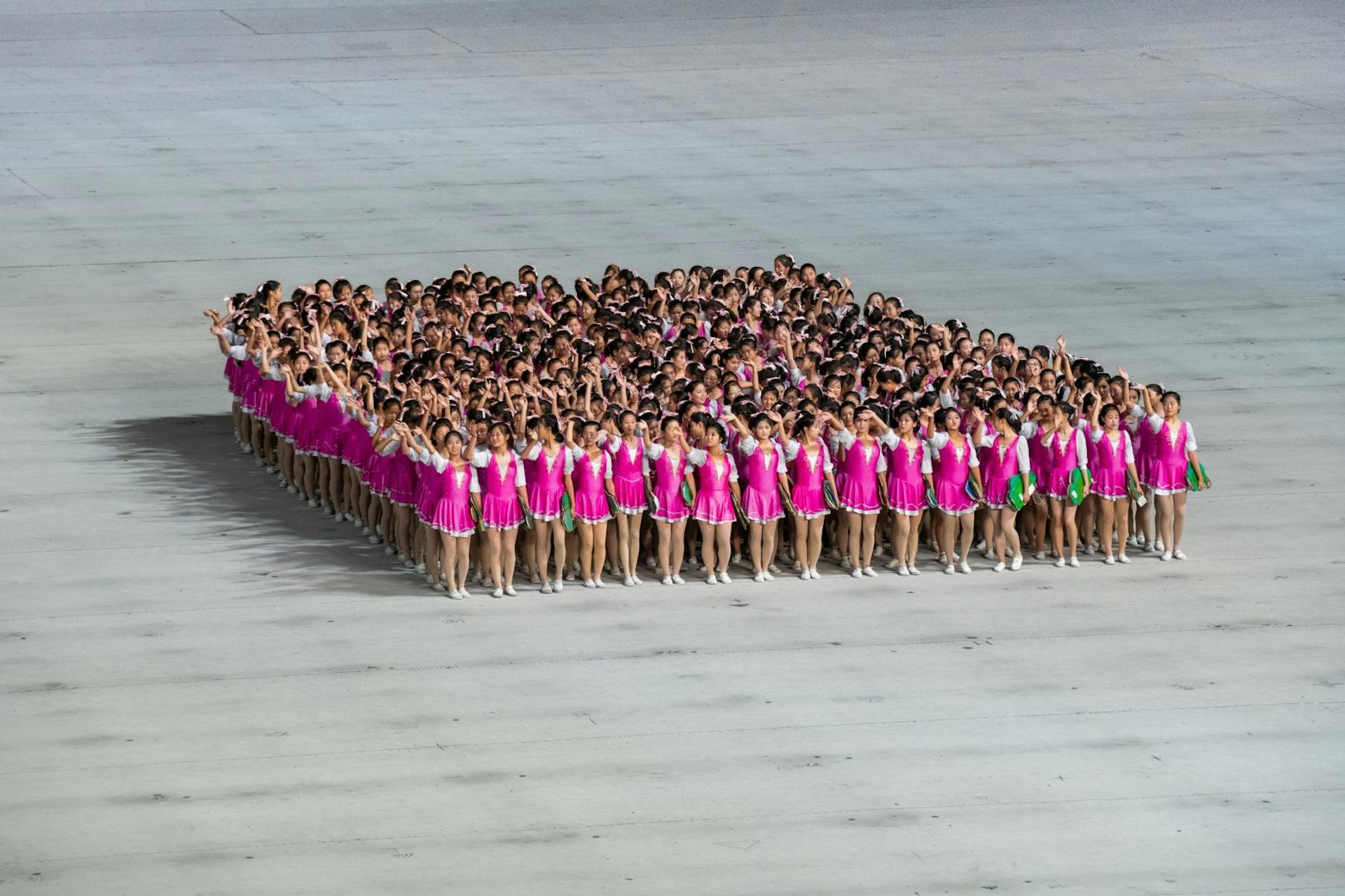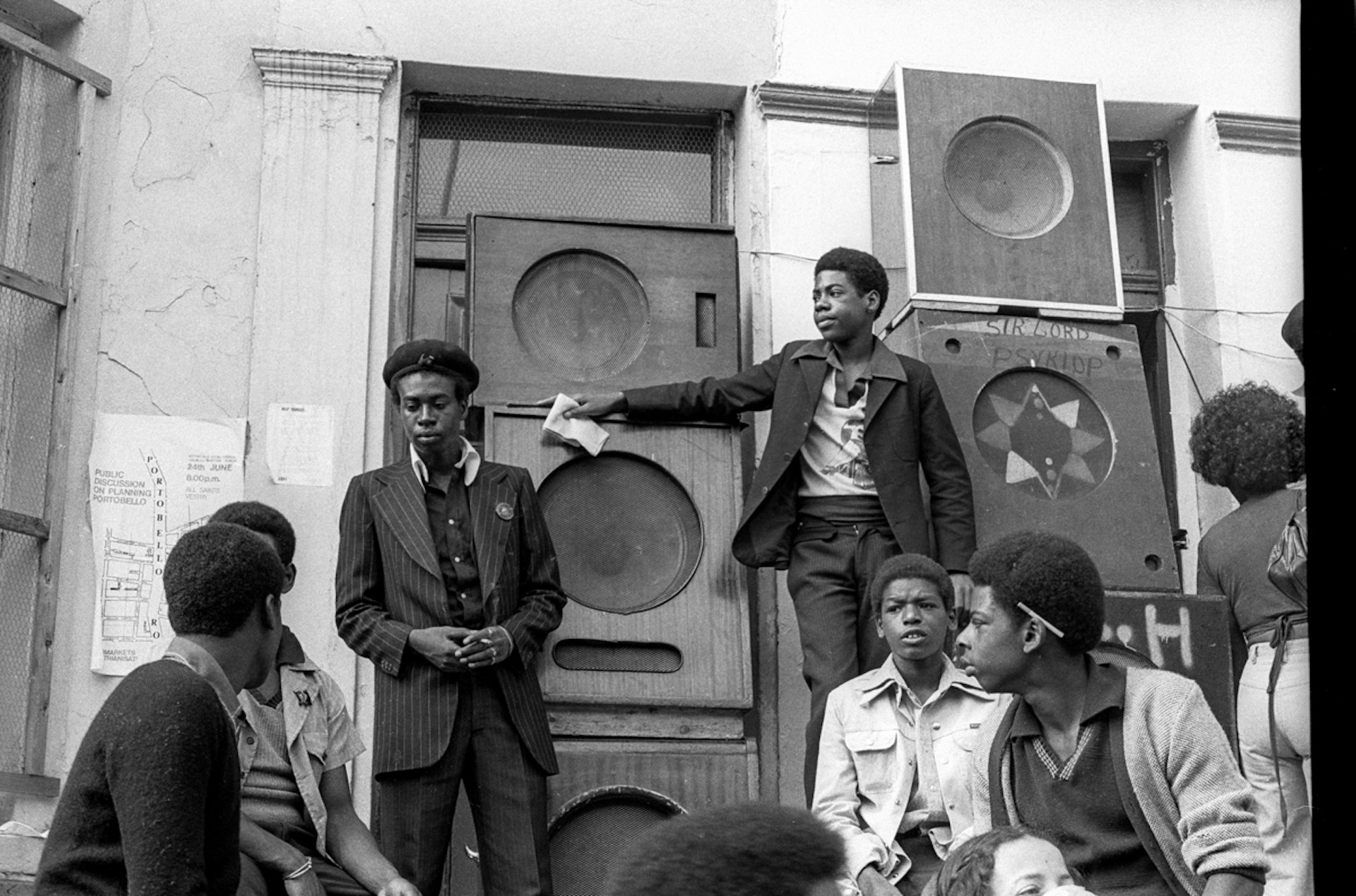
A joyous portrait of Notting Hill Carnival in 1974
- Text by Miss Rosen
- Photography by Chris Miles
By 2019, the last year it was held before the Covid-19 pandemic, Notting Hill Carnival brought an estimated 2.5 million people to the streets of Ladbroke Grove, London, to celebrate Caribbean culture and community. Held over two days in August, the extraordinary event stands as a testament to the vision of Trinidadian journalist and activist Claudia Jones, who brought Carnival to London in 1959, following the Notting Hill race riots the previous year.
Televised by the BBC, the first edition was held indoors and featured live music, dance, and a beauty contest. In 1966, the Notting Hill Carnival moved outdoors, reclaiming the neighborhood formerly the stronghold of fascist Oswald Mosley’s Union Movement and neo-Nazi Colin Jordan’s White Defence League. In 1973, Carnival director Leslie Palmer introduced costume bands, steel bands, and stationary sound systems to draw the new generation coming up on reggae music.

That same year, British photographer Chris Miles moved to London to study at the London School of Economics. “The social and physical challenges of the inner cities were major issues of concern at the time and I helped run a youth project in a deprived area near Waterloo,” he says.
By the mid ‘70s, the UK was struggling with widespread unrest in the face of inflation, lost wages, frequent power outages, and increasingly overt racism with the growth of the National Front. Groups began to organise against fascism and for equal rights.
In 1974, Miles attended Carnival for the first time, creating a series of vivid street photographs, which are collected in Notting Hill Carnival 1974 (Café Royal Books). “The sound systems had just arrived and the visceral sensation of walking past those big stacks or standing in front to get a shot was something new to me,” he recalls.
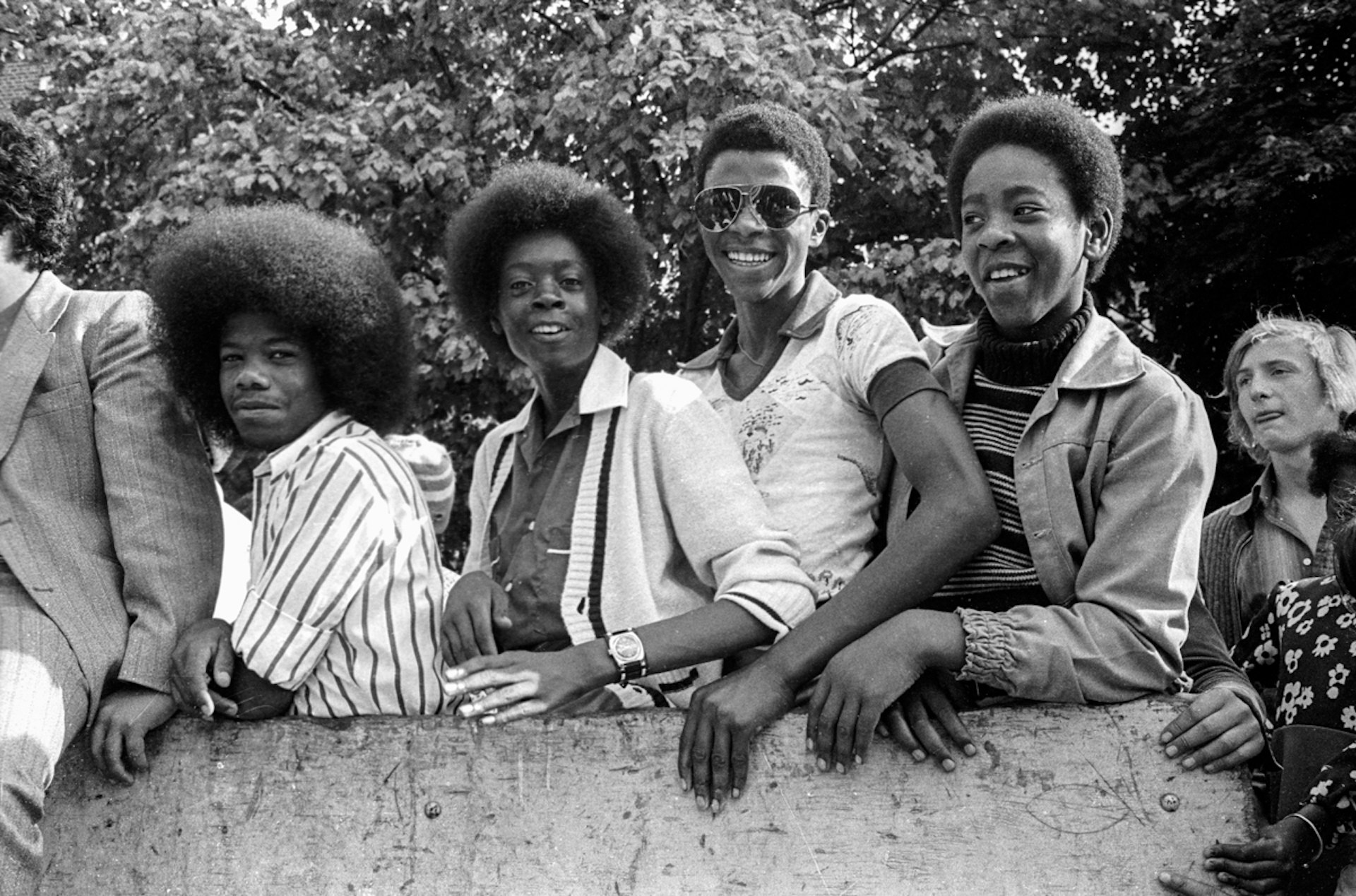
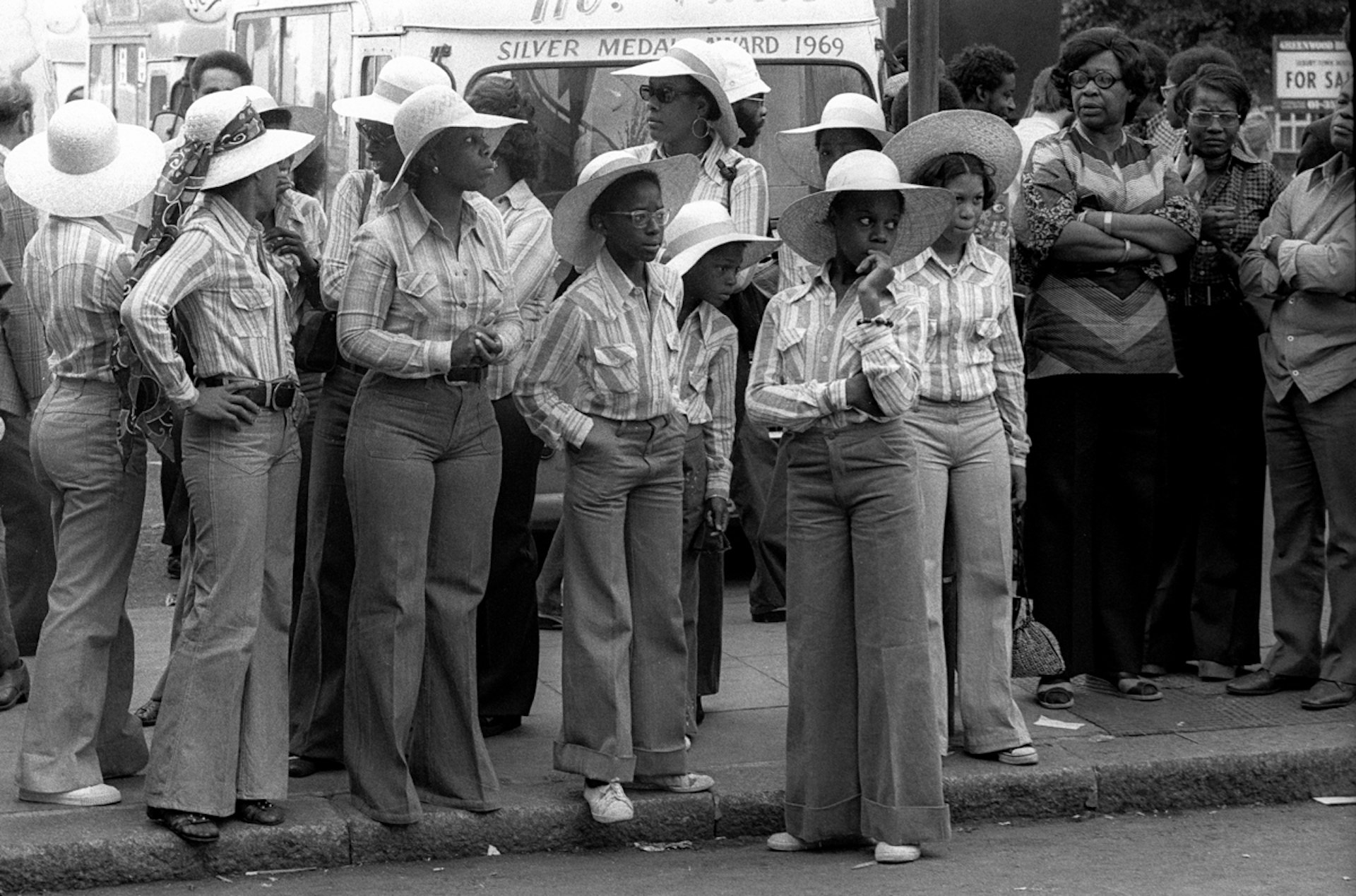
“Reggae and dub sounds mixed with steel band and calypso as the floats passed by to produce an immersive soundscape. The sound systems added a tremendous energy and dynamism to Carnival, but it was still small enough to have a grassroots local feel to it.”
Five decades later, the details have become a bit hazy, so Miles puts on Aswad and Burning Spear as he looks through the photographs in his archive. “There was space to move around on the street, which was great for a photographer trying to get into position. People seemed appreciative that you wanted to take their photograph and I don’t recall any hostility. I recollect a lot of eye contact, smiling faces, and good-natured posing,” Miles says.
“Notting Hill Carnival is one of the best examples of community activism and resilience born out of oppression and prejudice. It has clearly evolved into something very different from my experience in 1974, but it is important to understand the historical and political background to fully appreciate it.”
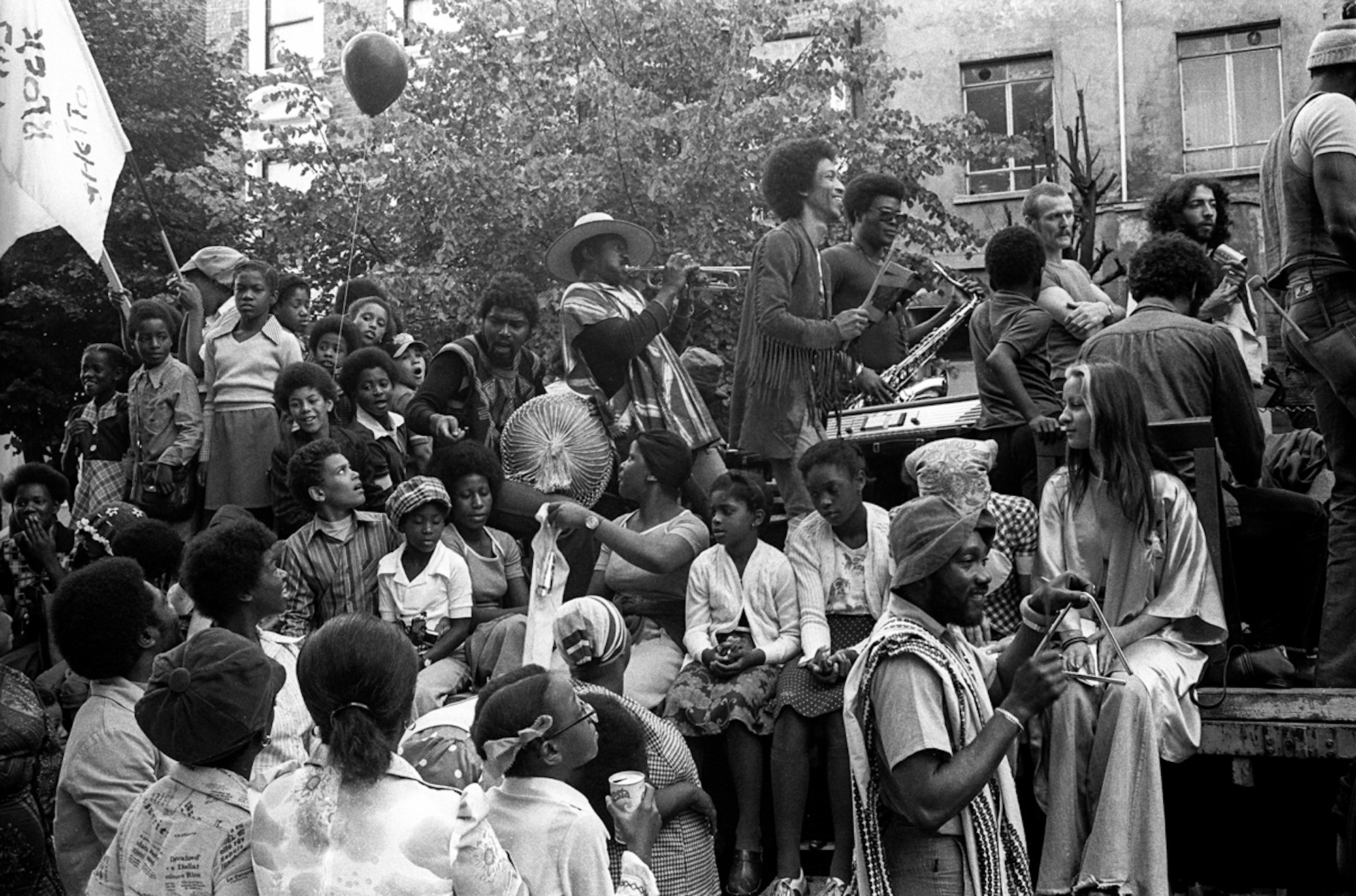
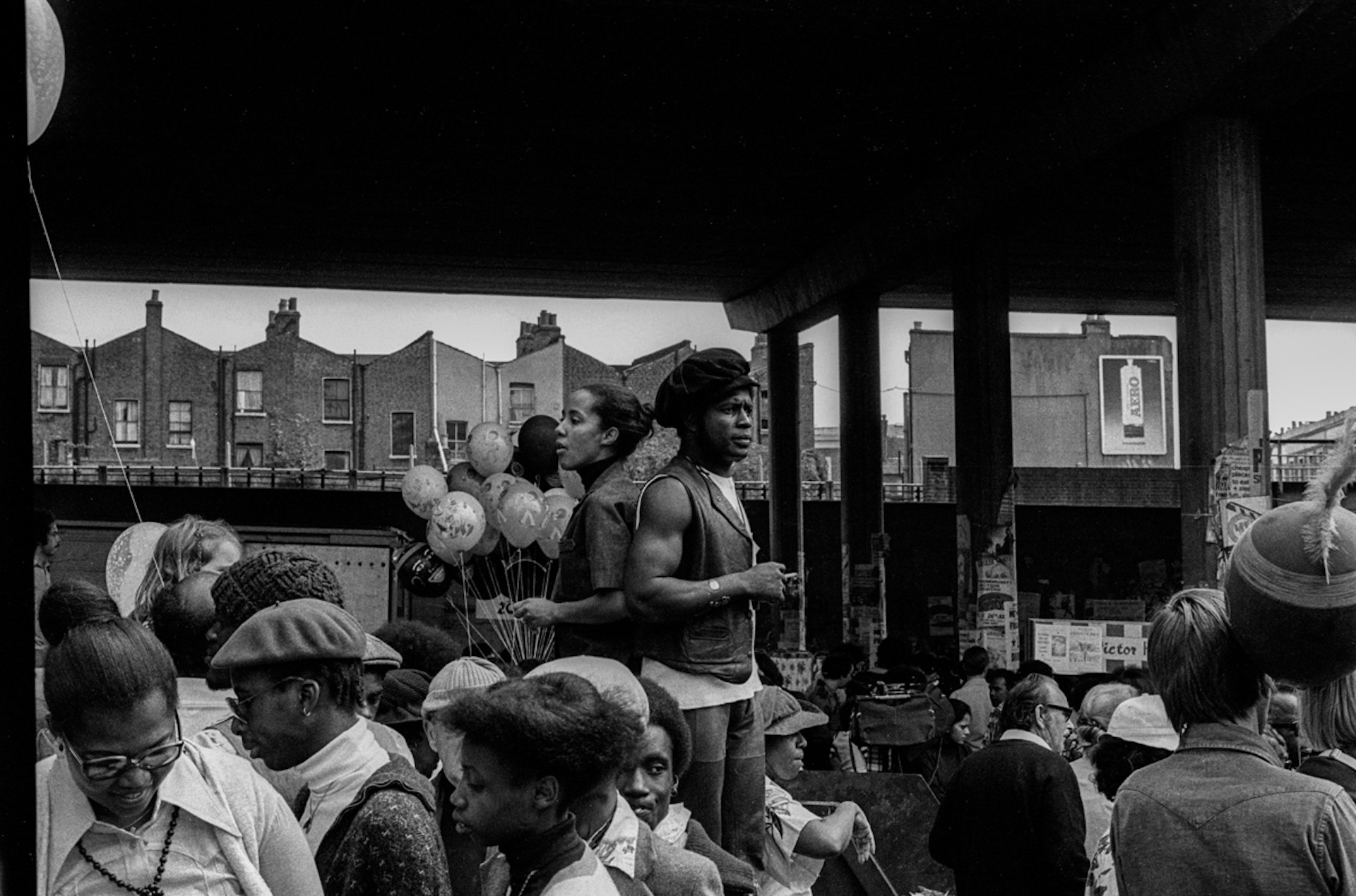
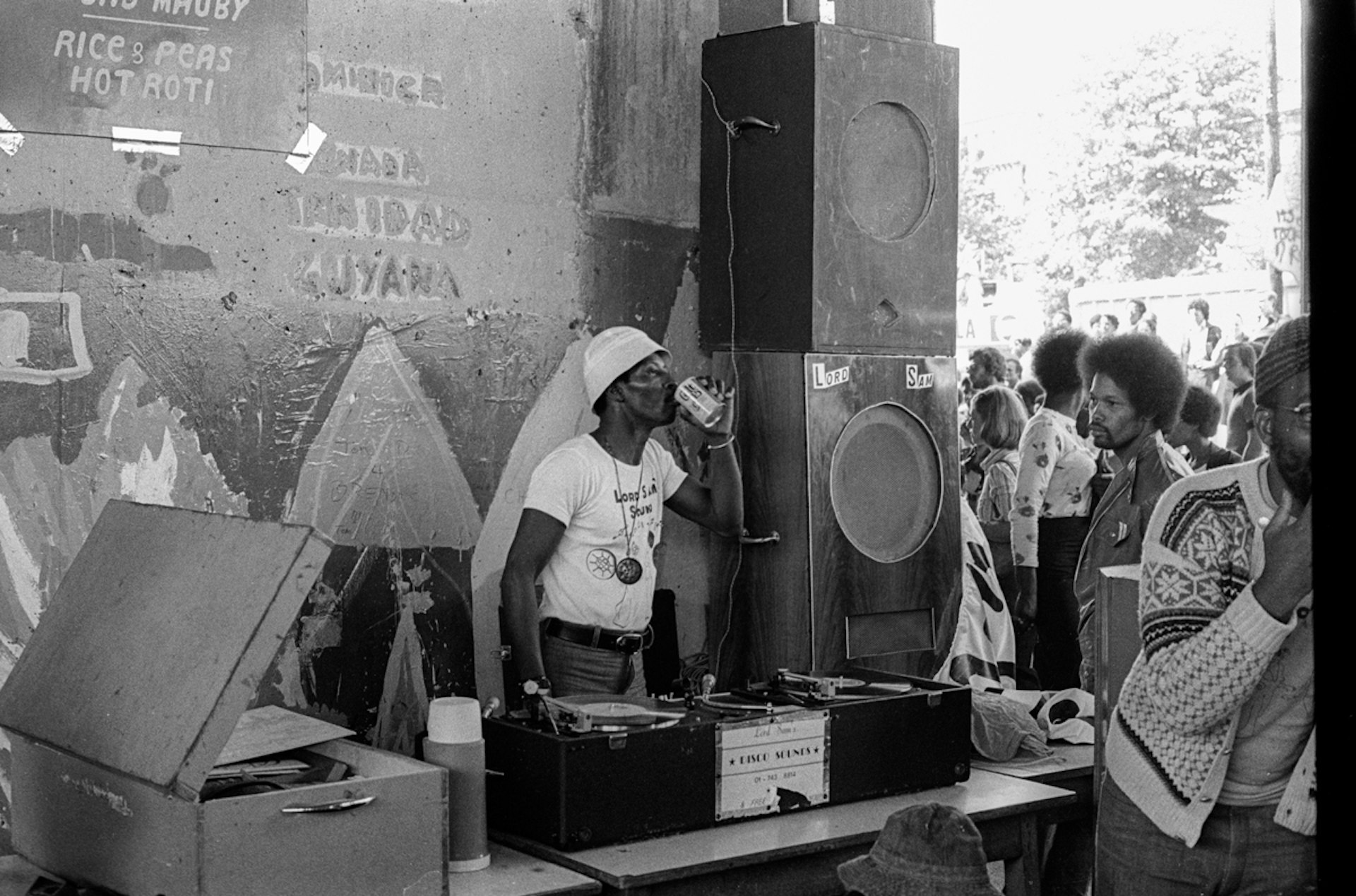
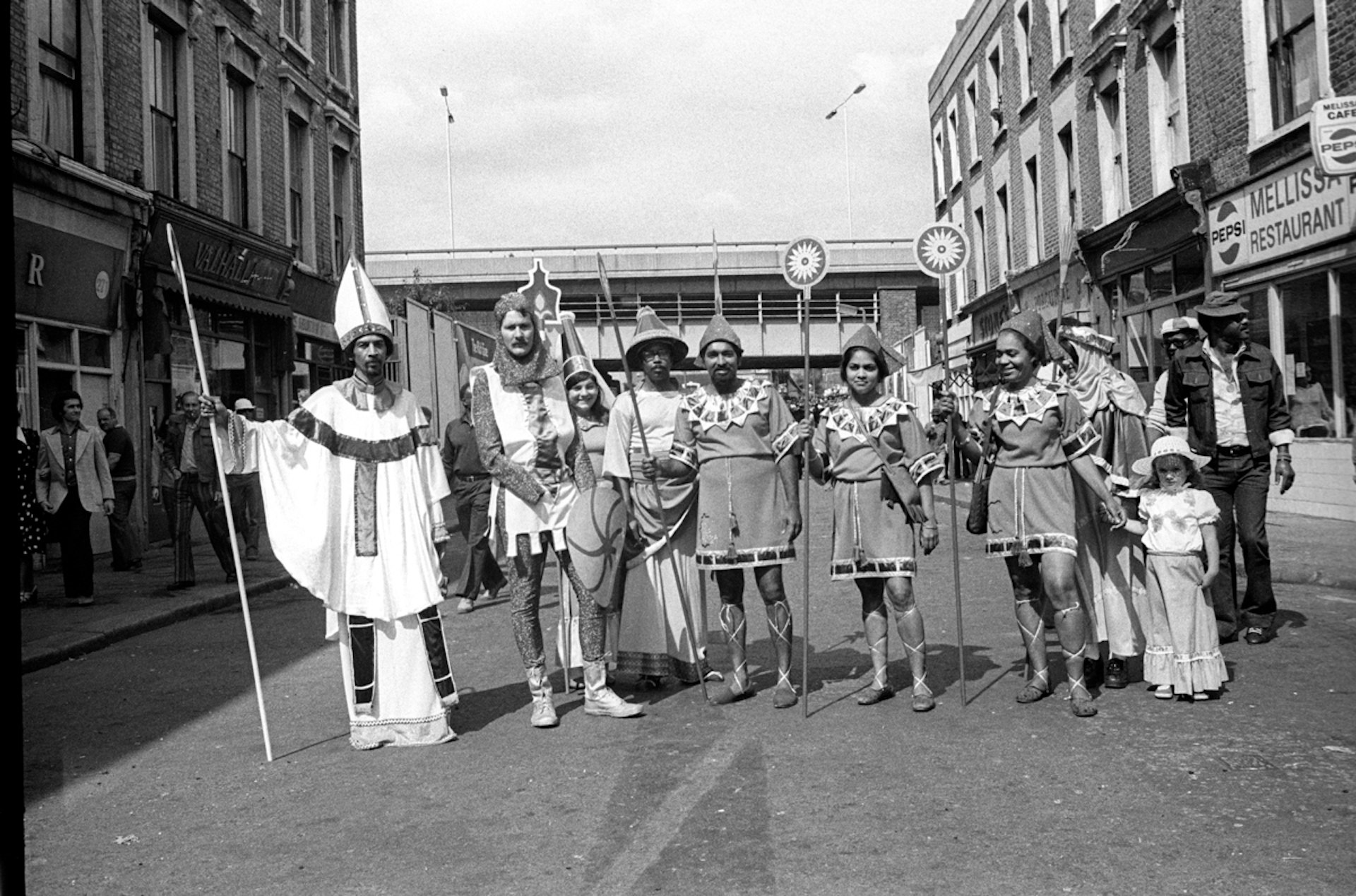
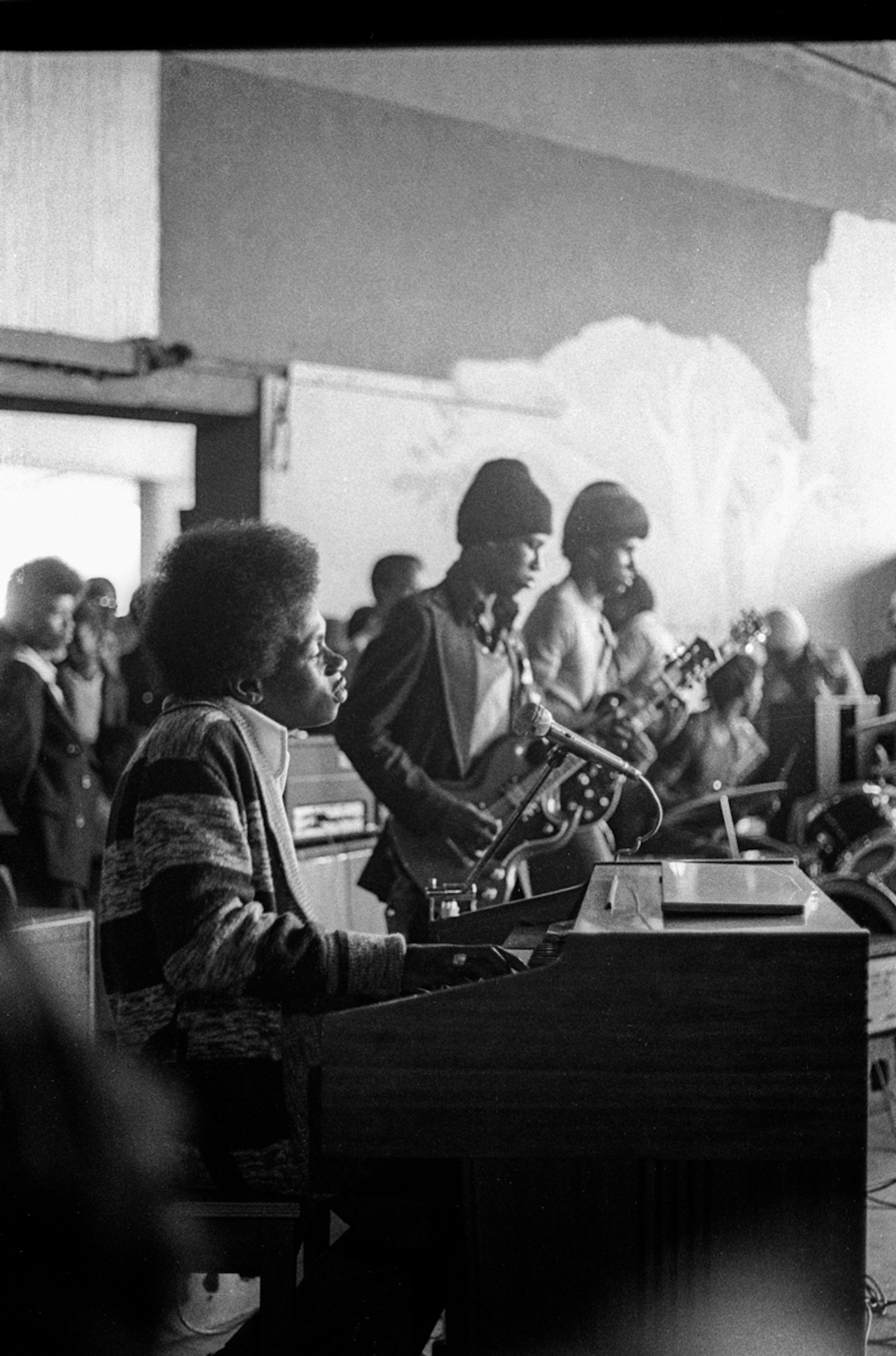
Notting Hill Carnival 1974 is available on Café Royal Books.
Follow Miss Rosen on Twitter.
Enjoyed this article? Like Huck on Facebook or follow us on Twitter.
